A recent study that compared emotional arousal in 2D and 3D VR environments “indicated that emotional stimulation was more intense in the 3D environment due to the improved perception of the environment; greater emotional arousal was generated; and higher beta (21–30 Hz) EEG power was identified in 3D than in 2D.”
Read More about this study here. Other VR research studies can be found here.

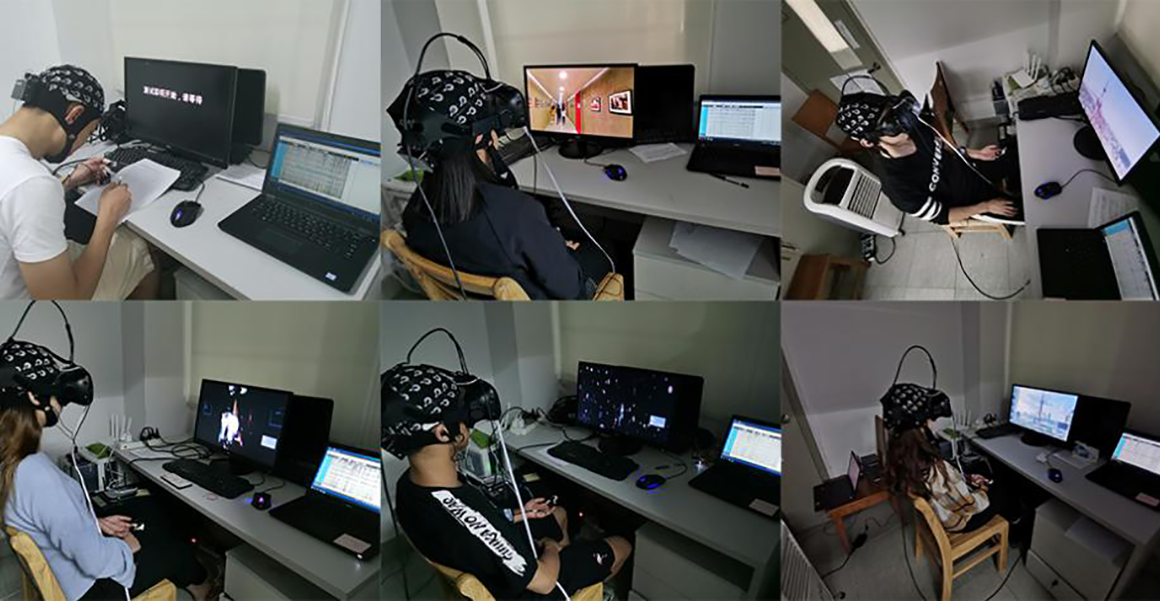



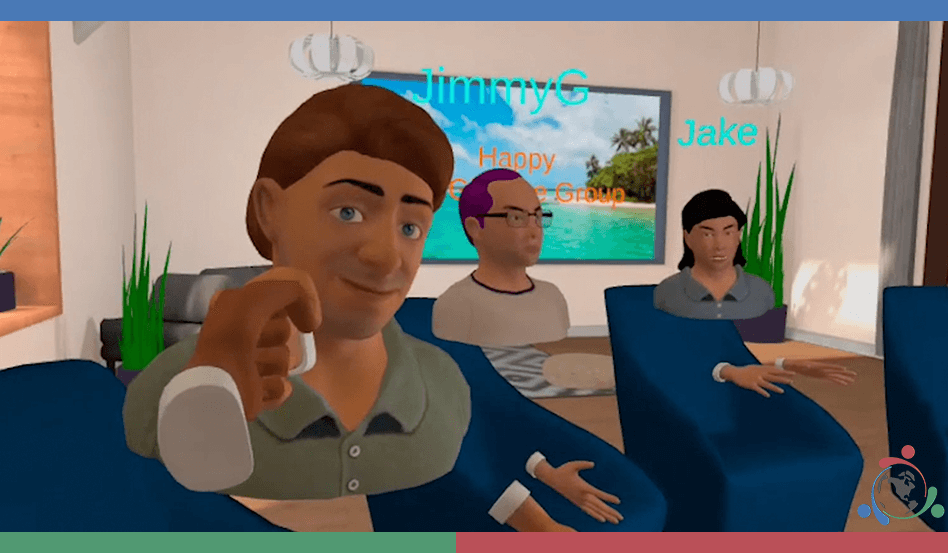


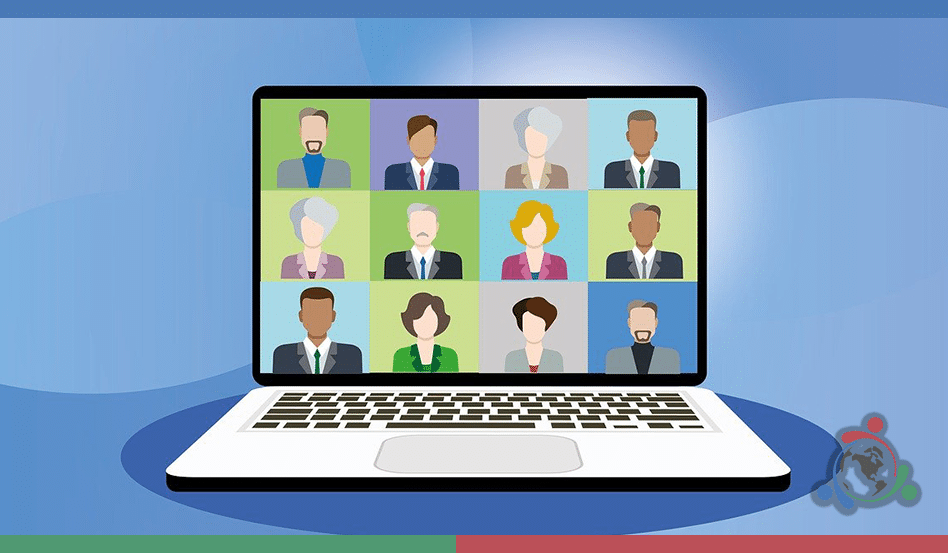
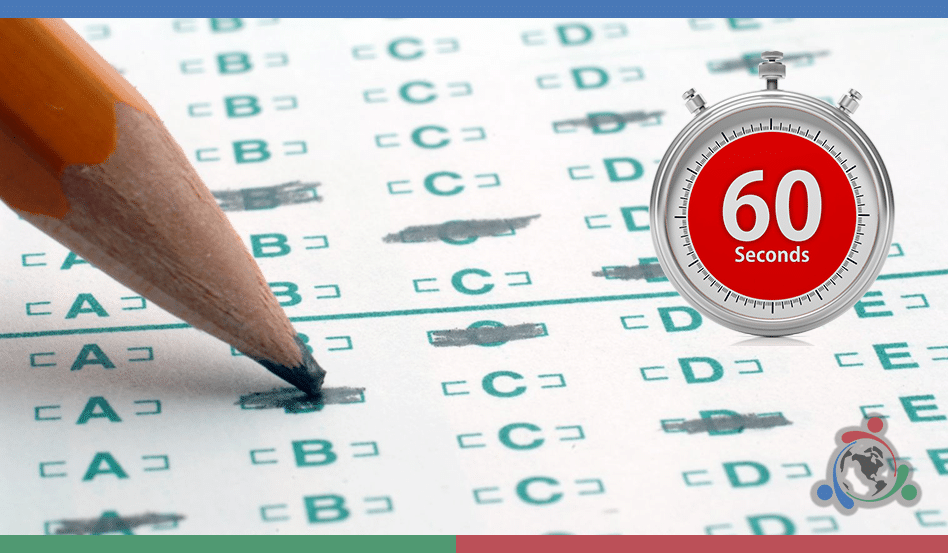
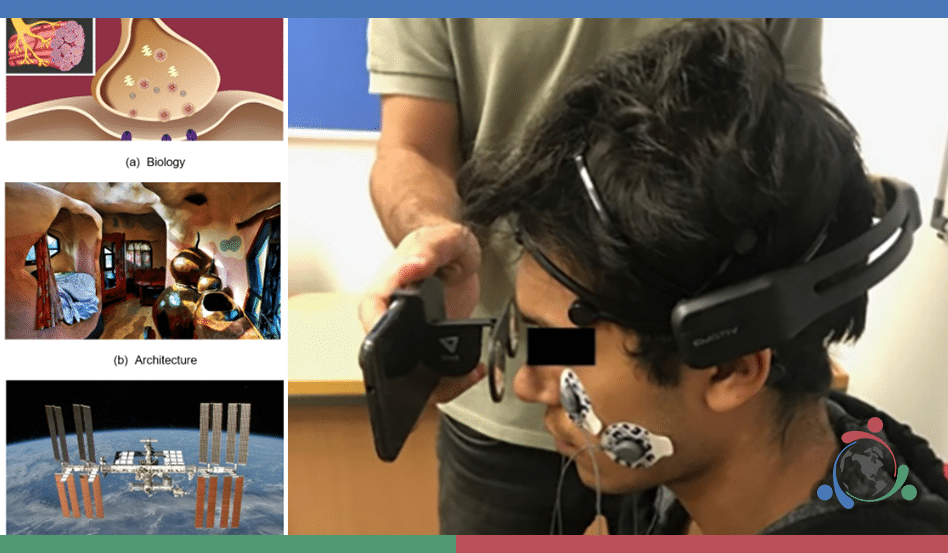






Recent Comments